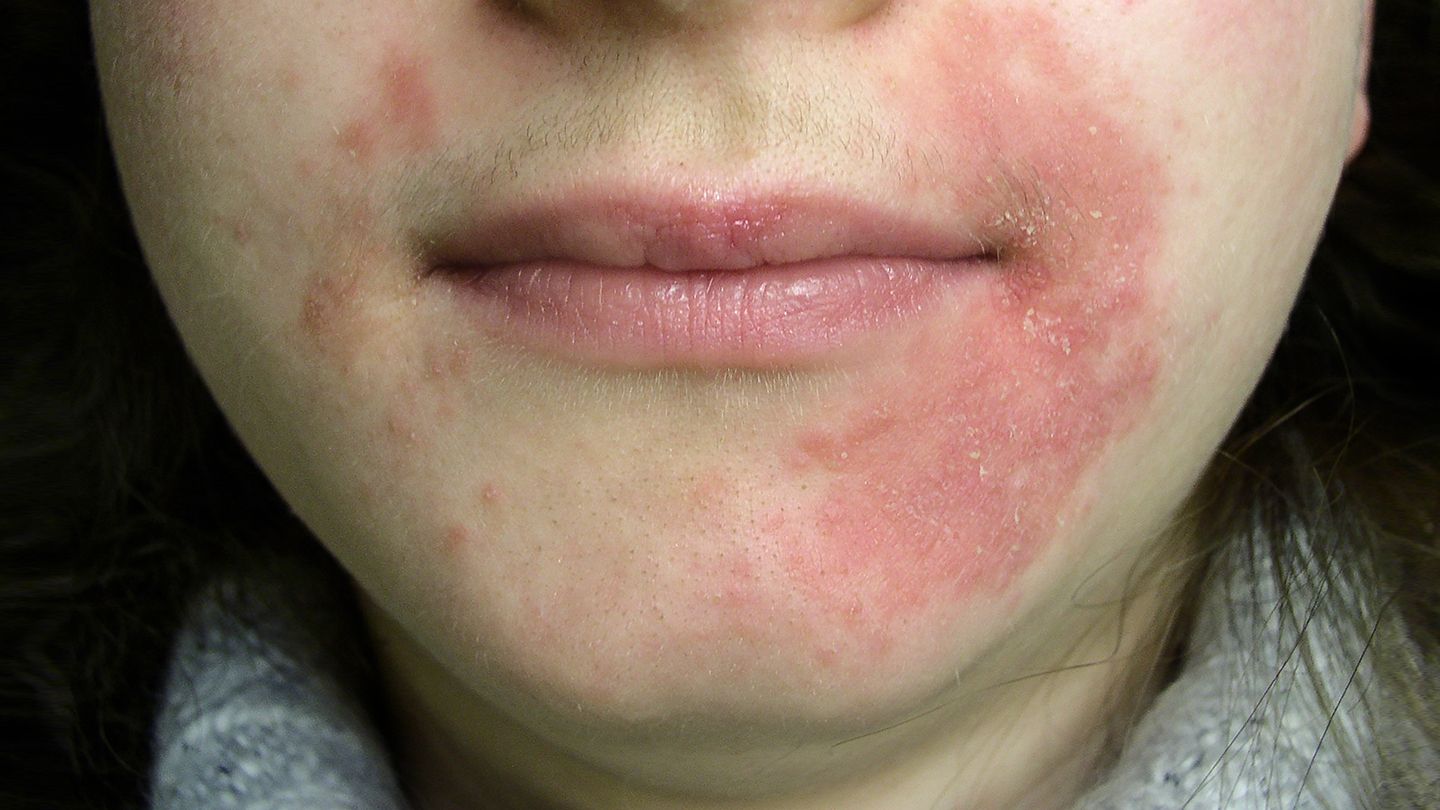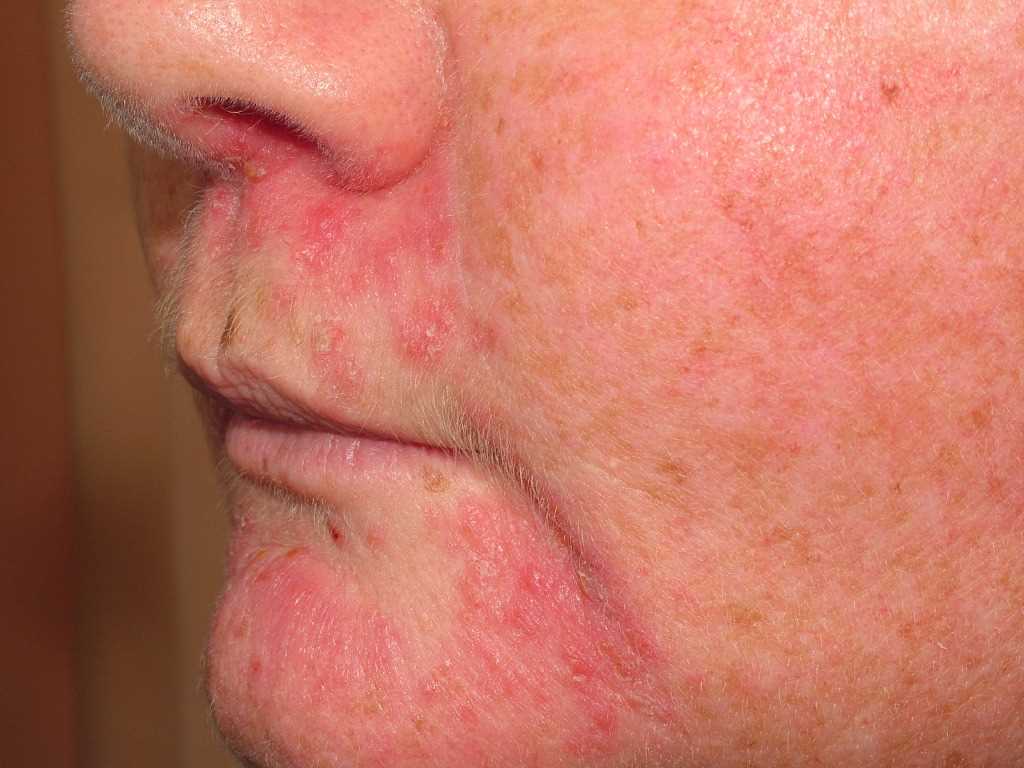
Perioral dermatitis is an inflammatory condition that occurs in children and adults,
usually young and middle-aged women. The cause is unknown, but exogenous factors,
such as potent topical corticosteroids, inhaled corticosteroids, irritant cosmetics,
fluorinated toothpastes, and occlusive emollients, have been implicated.
The name is misleading. Perioral skin is affected more often than other sites, but the
condition may affect periocular and perinasal skin. It has also been reported on the trunk.
Nor is perioral dermatitis a typical dermatitis; it is more akin to rosacea. Dermatitis is
treated with a topical corticosteroid; yet topical corticosteroids are one of the causes of
perioral dermatitis.

What should I look for?
• A history of a rash that burns, rather than itches.
• Explore what has been applied to the skin. Many (but not all) patients with perioral
dermatitis will have been applying a potent topical corticosteroid to their face prior to the
onset of the rash. The corticosteroid relieves burning and causes transient
vasoconstriction, which reduces redness, so the patient continues to apply the cream in
the mistaken belief that the corticosteroid is helping.
• Clusters of tiny (<2mm in diameter) erythematous papules and vesicopustules (the tiny
vesicles rapidly evolve into pustules) around the mouth.
• The background skin is erythematous and may be scaly.
• The rash tends to spare the vermillion border of the lips.
• Periocular (usually below the eye) and perinasal lesions are probably commoner in
children than adults.
What should I do?
• Try to identify the underlying cause—most often applications of a potent topical
corticosteroid to the face—and advise avoidance of any potential skin irritant.
• Convince the patient that the topical corticosteroid (or other preparation) is the cause of
the problem—this may be difficult. (try to avoid blaming the doctor who prescribed the
strong corticosteroid—it is quite possible that the patient has not followed the doctor’s
instructions or has obtained the corticosteroid from a well-meaning friend or relation.)
• Warn the patient that the skin is going to look worse, before it gets better, and to resist
the temptation to restart the topical corticosteroid (the redness and irritation will be more
obvious when the corticosteroid is withdrawn).
• Prescribe topical or oral therapy.
• Reassure the patient—the prognosis is good, and the rash generally clears in 8–12
weeks.